Contemporary lighting can make or break a home. People naturally gravitate towards a well-lit room, and areas with poor lighting can feel uninviting. Every room varies with the type of lighting that works – for instance, a bedroom doesn’t need glaring lighting, whereas a dramatic entryway or living room would be stunning with a bold spotlight. Therefore, it is important to take careful consideration when it comes to planning your lighting.
Here are twelve things to contemplate when choosing contemporary lighting.
A Step in the Right Direction
The direction your windows are facing is crucial when considering natural lighting. Light coming from the north is usually cooler, has less shadows and an even hue. This type of light doesn’t function as well in a relaxing den. Meanwhile, daylight from southern-facing windows will be warmer and yellowish in tones.
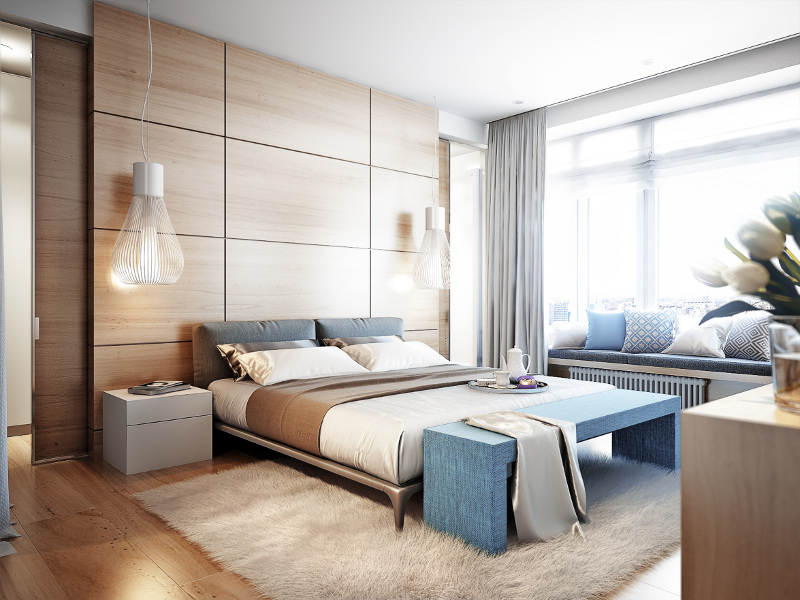
All About Architecture
Taking into account how architecture affects the lighting is an important step when planning lighting in your home. In particular, if you have trees that shade the light or bushes that block the lower parts of the windows, this may decrease the overall quantity of illumination. In addition, a roof line could cast a shadow in an important area of a room. It is also important to consider budget, and whether you can you increase the quality and quantity of accessible light without spending a fortune.

Covering all the bases
Another important factor to consider when choosing contemporary lighting is what activities take place in each room. Some may require more or less lighting, depending on the room. For example, a desk that hosts homework or needlework requires strong and steady light that covers the entire work area. However, someone relaxing in a recliner and watching TV at the end of a busy day does not want this kind of brightness.

The Whole Lighting Spectrum
The different types of lighting is essential when choosing contemporary lighting. Evaluate whether or not you need to vary your lighting. For instance, you might require a bright light to focus on a dining room table while dinner is being set and served. However, once dinner is finished, a softer lighting might be more appropriate. A dimmer switch would be a valuable part of your lighting plan as it will provide several lighting options.
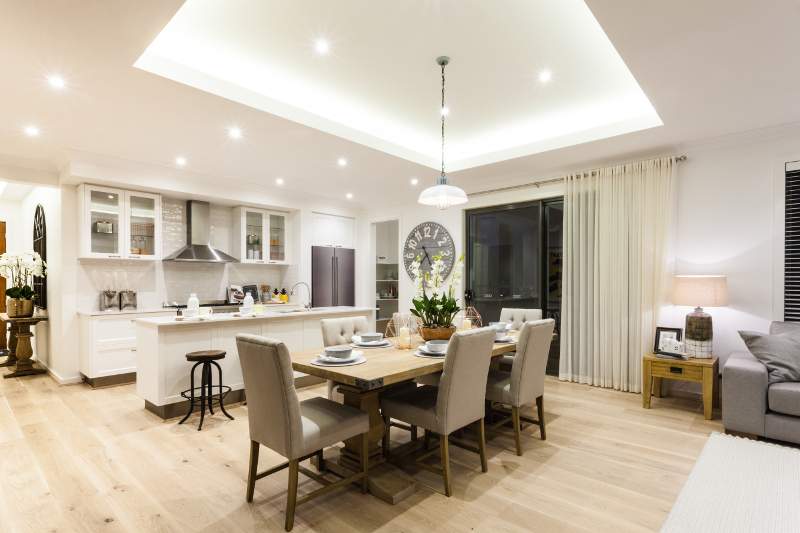
Bringing Details to Light
You may have details in certain rooms that you want to show off. Perhaps you own a spectacular fireplace or have a prized art collection. In this case, spotlighting would be the right choice. By contrast, there might be other areas that you want to camouflage by muting the light.
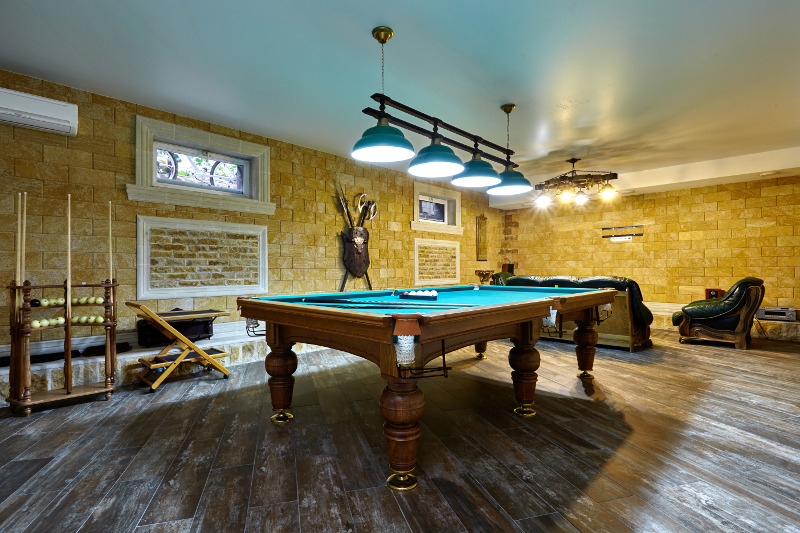
A Change Will Do You Good
Changing your decorating scheme can actually add light to a room. For instance, you can improve a dark-paneled den by painting all the woodwork and cabinets a vibrant white and adding two-inch wood blinds in a white shade. With this relatively simple change, the entire room will have an entirely new appearance and look.
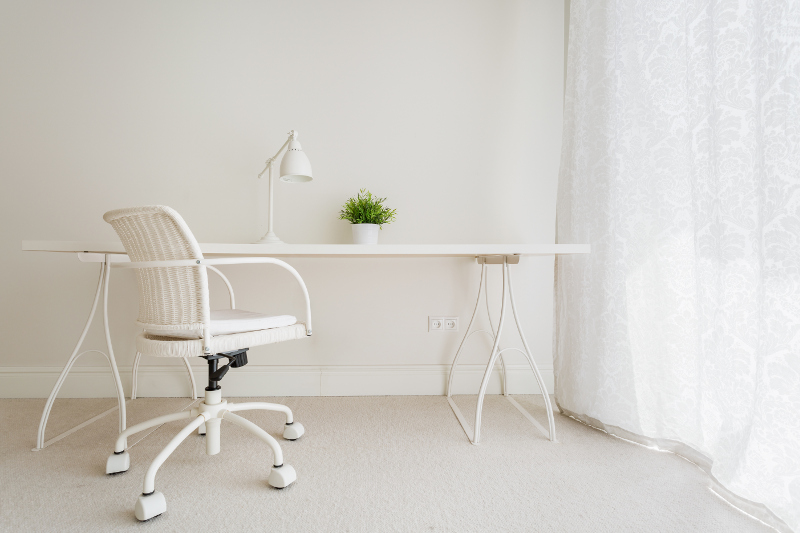
Finding the Right Blinds and Shades
Window treatments can impact the lighting in a room. Some homes with heavy drapes make the room too dark and gloomy – on the other hand, if they are open, sunlight isn’t filtered in any way. Specific types of blinds and shades can diffuse light while still allowing a enough access to brighten a room.
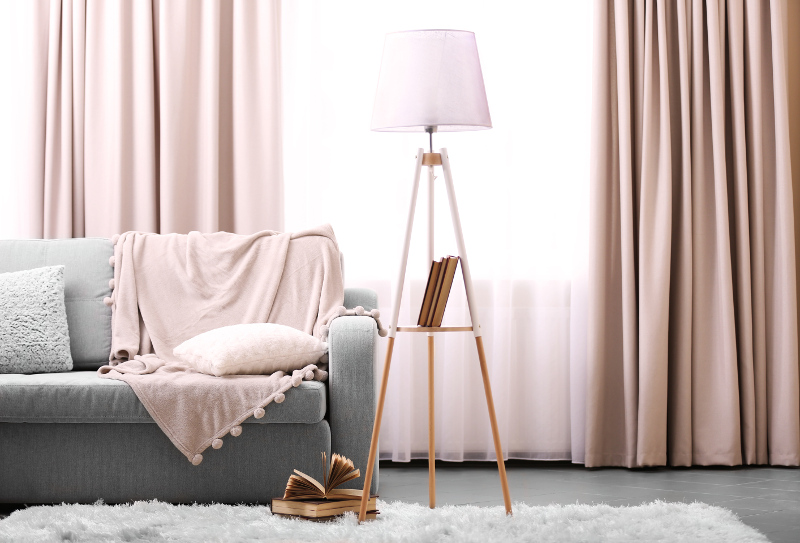
Decorate with a Purpose
Decorating features in your home may add light or take it away. For instance, a mirror will add a sense of spaciousness and illumination; at the same time, outside shutters or awnings may block the sun rays. It might be useful to shut out glaring sunlight on a 95-degree summer day, but in the midst of winter, most people crave any bit of light they can get.
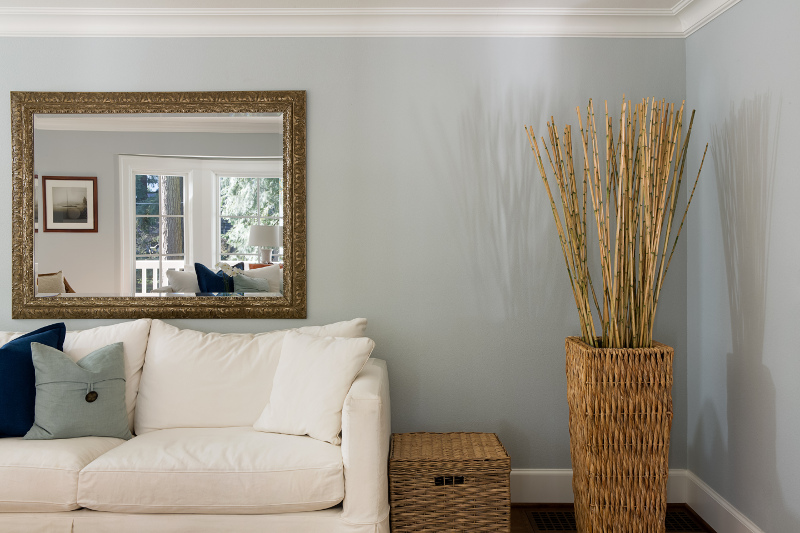
Let There Be Light Sources
If your room is too cramped, a floor lamp may not be a convenient option for a lighting source. You might also want to consider where your lights are placed – is an off/on switch conveniently located near all the entrances? Searching around the wall in the dark isn’t ideal for many people. If you are having this issue, a motion activated light sensor could be the best solution.
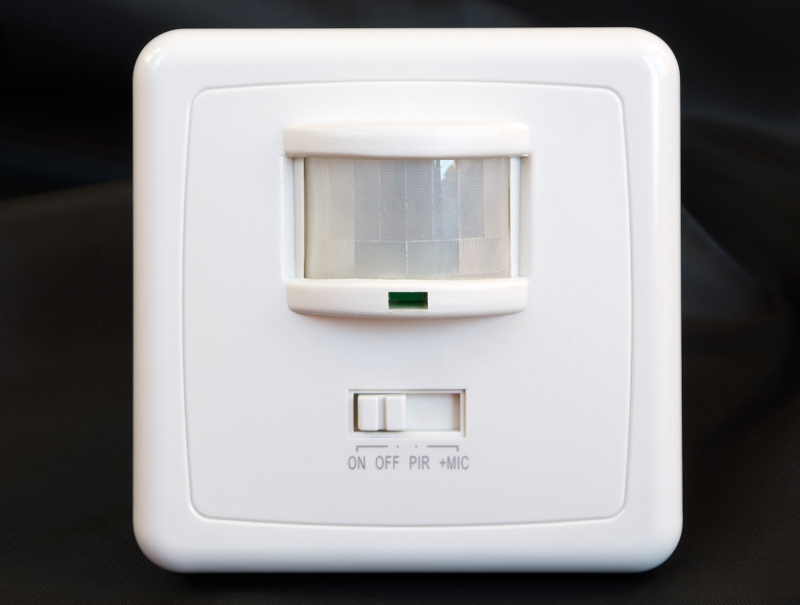
The Perfect Setting
Take a walk around your house to figure out which areas require more lighting, and which are over lit. For instance, some rooms have an exceedingly bright light on the upper part of a ceiling fan. This works well when looking for a last-minute item in the morning, but is completely unsuitable for reading in bed before going to sleep. Another example of this issue is a pool table needs strong lighting, whereas a romantic seating area in a garden room does not.
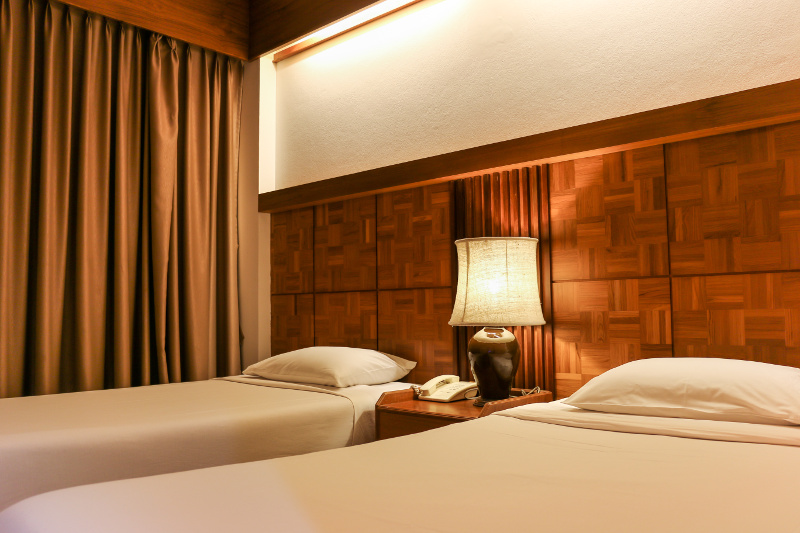
Fluorescent or incandescent, that is the question…
When it comes to the kind of lighting your room needs, fluorescent and incandescent work in different ways. Fluorescent fixtures might be perfect above a kitchen island, but would be unattractive directly above an eating area. Schools and other institutions might welcome such unflattering lighting, but incandescent lighting would be more appropriate at home.
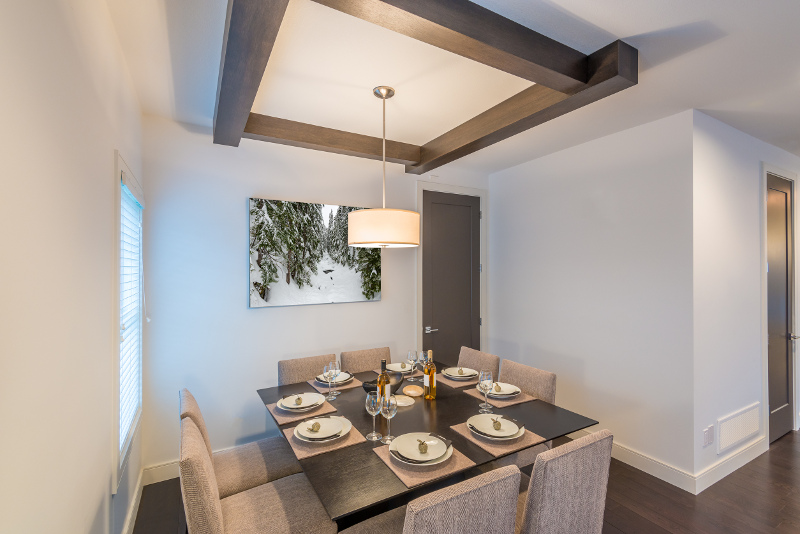
Out with the Old, In with the New
Wiring is another factor to consider in your lighting options. Old and outdated wiring often cannot accommodate sleek new lighting systems without some work. Updating wiring can be expensive and disruptive, but it is also an opportunity to add new switches and cause updates for new computers, high-speed Internet connections or high-tech TV or sound systems.
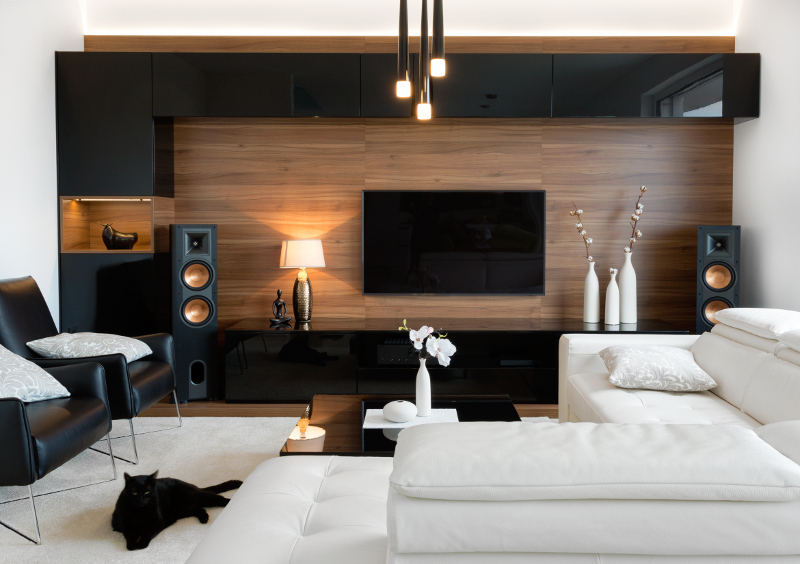
Considering all these options before updating to more contemporary lighting will be a cost-effective and aesthetically pleasing solution to everyone who lives in your home.